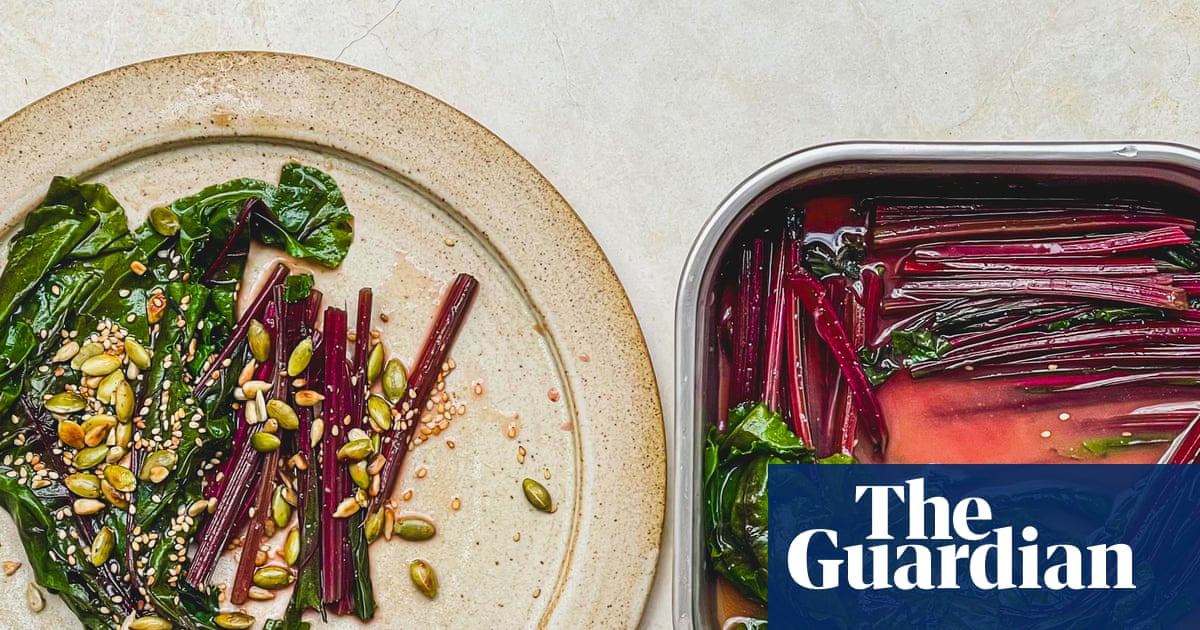
"The ohitashi method is such an elegant way to enhance the natural flavours of leafy greens, while also reducing food waste. This traditional Japanese technique involves blanching and chilling leafy greens, then steeping them in a simple seasoned broth that imparts a wonderful and rounded savoury umami flavour. Most recipes for such greens use just the leafy part, but with ohitashi the stems are cooked first."
"Normally, to make the dashi/broth for ohitashi, a piece of kelp or kombu is infused in cold water for several hours, or brought to a boil then taken off the heat. I've suggested using other seaweed varieties such as wakame, hijiki or even seaweed salad mix, if you have it. And rather than discarding the seaweed, I keep it in the broth,"
"Ohitashi is a wonderful way to prepare vegetables in advance, because the vegetables need to steep in a delicious broth for at least a few hours and up to five days, soaking up the marinade as they age. You can make ohitashi-style vegetables with just about any leafy greens: spinach, kale, chard, radish leaves, turnip tops or nettles."
Ohitashi is a Japanese technique of blanching leafy greens, cooling them quickly, then steeping them in a simple seasoned broth to infuse savoury umami. Vegetables should be blanched briefly, shocked in very cold water to preserve bright colour and chlorophyll, and drained before steeping. The stems are cooked, reducing waste. Broth options include kombu or other seaweeds, or miso, combined with mirin and light soy sauce; seaweed can remain in the broth or be removed if preferred. Vegetables benefit from at least a few hours' steeping and can age in the marinade for up to five days.
Read at www.theguardian.com
Unable to calculate read time
Collection
[
|
...
]